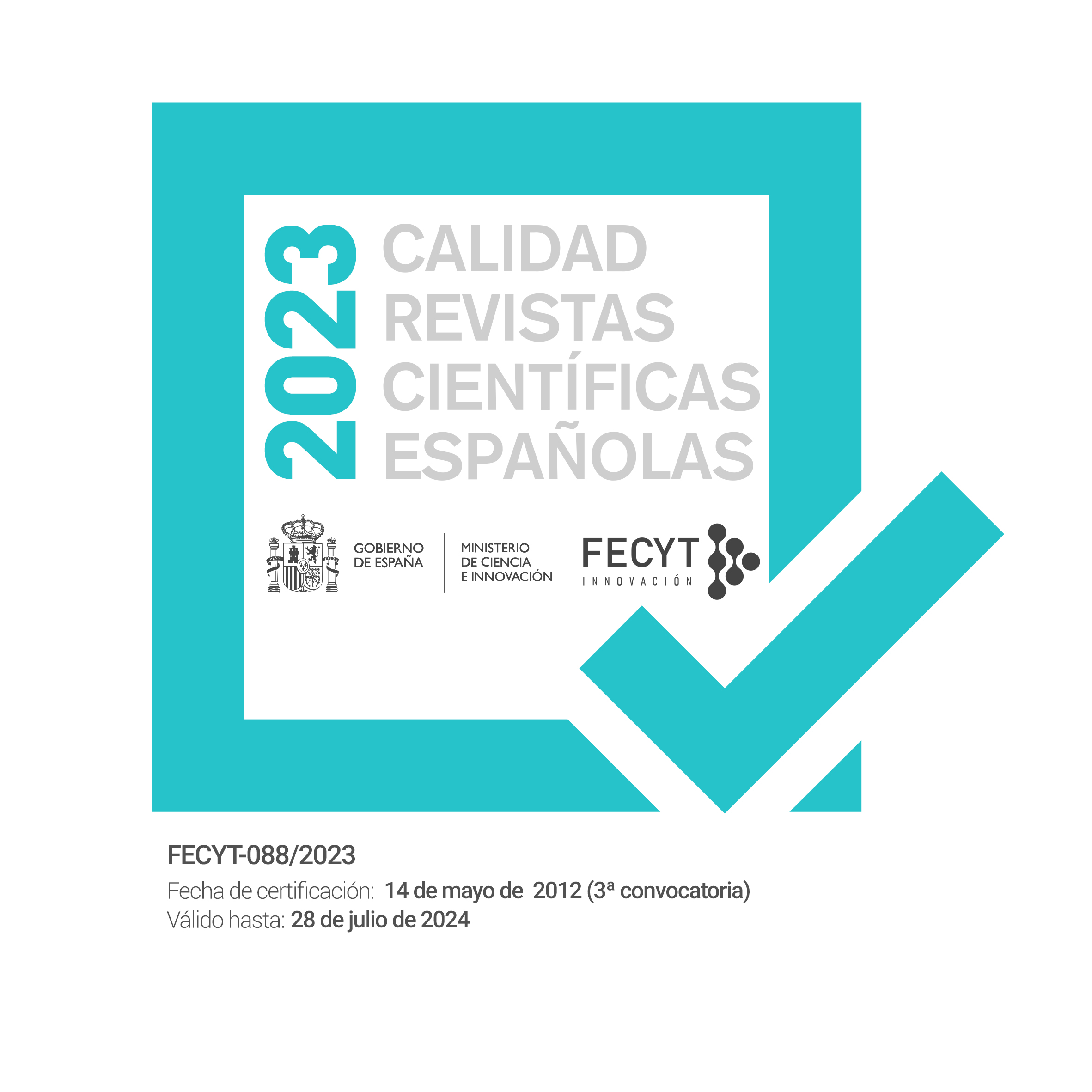Filogeografía de los Neandertales de la península Ibérica. Estado de la cuestión
Phylogeography of the Neanderthals of the Iberian Peninsula. State of the art
Rosas, A. (1) ; García-Tabernero, A. (1) ; Morales, J.I. (2,3)
(1) Group of Paleoanthropology, Museo Nacional de Ciencias Naturales (CSIC), Madrid, Spain. arosas@mncn.csic.es
(2) IPHES-CERCA, Institut Català de Paleoecologia Humana i Evolució Social, Tarragona, Spain.
(3) Departament d’Història i Història de l’Art, Universitat Rovira i Virgili, Tarragona, Spain.
Resumen:
La posibilidad de analizar ADN de Neandertales (restos esqueléticos y sedimentos) permite proponer modelos sobre la filogeografía de esta especie extinta. Las ciencias arqueo-paleontológicas se enfrentan al reto de aportar información relevante que dialogue con los datos genéticos. El registro de la península Ibérica puede jugar un importante papel en este ámbito. Hasta el momento se han identificado tres radiaciones de poblaciones Neandertales. Hace 145-130 ka (MIS 6) divergen las de Altai (Siberia), otros grupos antiguos europeos (Hohlenstein-Stadel —Alemania— y Scladina —Bélgica—), además de los representados en los niveles inferiores de la Galería de las Estatuas (GE), a los que se le puede sumar la evidencia de Valdegova (ambas en Burgos, España). Hace unos 105 ka se identifica una segunda oleada en la que poblaciones occidentales se dispersaron por Siberia y sustituyeron a la población local (el llamado Neandertal de Altai). La posible fuente de la dispersión se encontraría en las culturas micoquienses de Europa Central y Oriental, Crimea y el Cáucaso. En Iberia este evento está representado por la aparición de los perfiles genéticos nuevos identificados en los niveles superiores de GE y posiblemente en Gibraltar (Forbes Quarry). Hace unos 55 ka se identifica una nueva radiación resultante posiblemente de la fragmentación de poblaciones durante el MIS 4. Surgen los denominados Neandertales tardíos que engloban la diversidad representada en Goyet y Spy (Bélgica), Vindija (Croacia) y Mezmaiskaya 2 (Cáucaso norte, Rusia). Este evento dio lugar a un segundo reemplazamiento poblacional hace entre 47 y 39 ka, identificado en Mezmaiskaya. El ADNmt de El Sidrón (España) entra dentro de este grupo, junto al holotipo de la especie (Feldhofer, Alemania). Falta establecer cuáles de las otras colecciones ibéricas formarían parte de este grupo y si se produjo la permanencia de poblaciones relictas contemporáneas a los grupos recién llegados. Una posible nueva oleada de Neandertales parece haber tenido lugar en Iberia hace 43 ka, esta vez portadoras del Chatelperroniense, cultura que representa una clara ruptura con la tecnología del Paleolítico Medio precedente. Todos estos aspectos conducen a un cambio de escala en el estudio de la evolución de H. neanderthalensis. Ciencias clásicas y moleculares están en el tiempo de construir una teoría sobre la filogeografía de los Neandertales.
Palabras clave:
Neandertal, Filogeografía, Península Ibérica, ADN antiguo, Paleolítico Medio.
Abstract:
The ability to analyze Neanderthal DNA extracted from skeletal remains and sediments has opened up opportunities for proposing models regarding the phylogeography of this extinct species. The fields of archaeo-paleontology now face the challenge of providing meaningful insights through a dialogue with genetic data. The Iberian Peninsula’s rich archaeological record can play a pivotal role in advancing this area of study. Thus far, researchers have identified three separate radiations of Neanderthal populations. Around 145-130 ka (during MIS 6), a divergence occurred, leading to the emergence of Neanderthal populations in Altai (Siberia), as well as other ancient European groups in Hohlenstein-Stadel (Germany) and Scladina (Belgium). Additionally, there is evidence of Neanderthal presence in the lower levels of the Galería de las Estatuas (GE) in Iberia, complemented by findings in Valdegova, both located in Spain’s Burgos region. Approximately 105 ka, a second wave of Neanderthal dispersal is discerned, in which western populations extended their presence through Siberia and supplanted the indigenous population, often referred to as the ‘Altai Neanderthal.’ The possible origin of this dispersal can be traced back to the Micoquian cultures of Central and Eastern Europe, Crimea, and the Caucasus. In the Iberian Peninsula, this event is marked by the emergence of novel genetic profiles observed in the upper levelsof the GE and possibly in Gibraltar (Forbes Quarry). Around 55 Ka, another Neanderthal radiation event was identified, possibly as a result of population fragmentation during MIS 4. This gave rise to what is commonly referred to as the ‘late Neanderthals,’ encompassing the diversity represented at sites such as Goyet and Spy in Belgium, Vindija in Croatia, and Mezmaiskaya 2 in the North Caucasus. This event marked the onset of a second population replacement that occurred between 47 and 39 ka, as evidenced at Mezmaiskaya (Russian Federation). The mitochondrial DNA (mtDNA) from El Sidrón in Spain falls within this group, along with the holotype of the Neanderthal species (Feldhofer, Germany). It remains to be determined which of the other Iberian collections would be classified within this group, and whether relict populations that coexisted with the newly arrived groups persisted. Around 43 ka, it appears that another potential wave of Neanderthal migrations took place in Iberia, this time associated with the Chatelperronian culture, which represents a distinct departure from the technology of the preceding Middle Paleolithic. These findings collectively signal a significant shift in the way we study the evolution of H. neanderthalensis. The fields of classical and molecular sciences are now converging to formulate a comprehensive theory on the phylogeography of Neanderthals.
Key words:
Neanderthal, Phylogeography, Iberian Peninsula, Ancient DNA, Middle Paleolithic.




